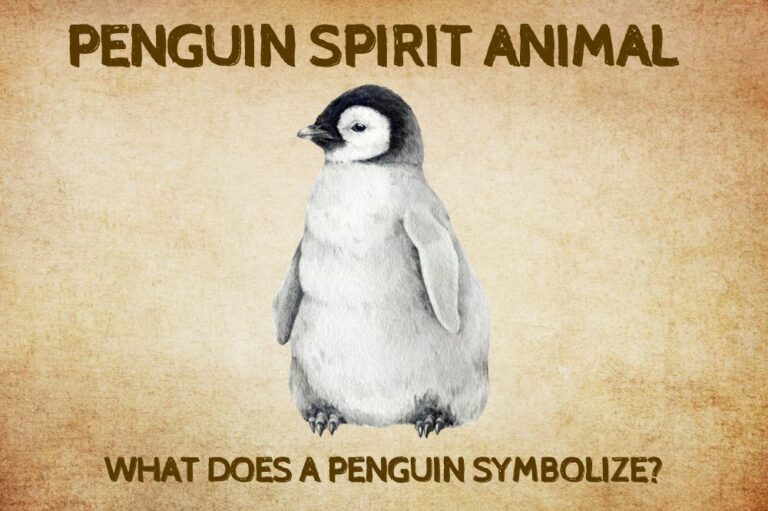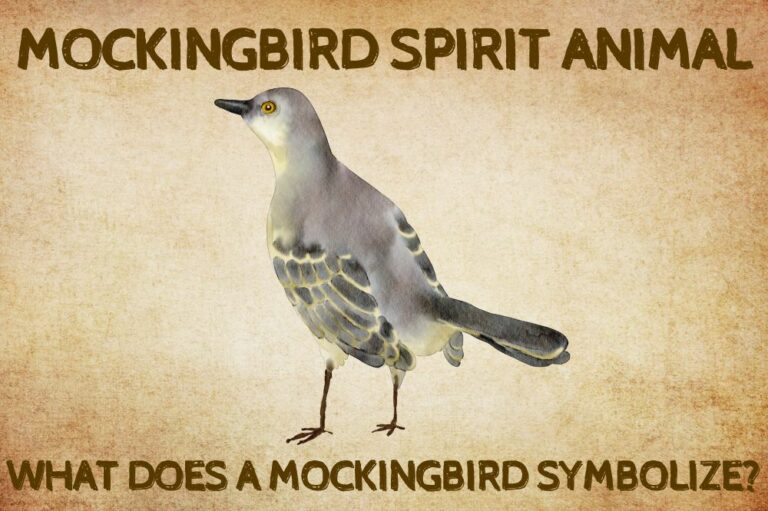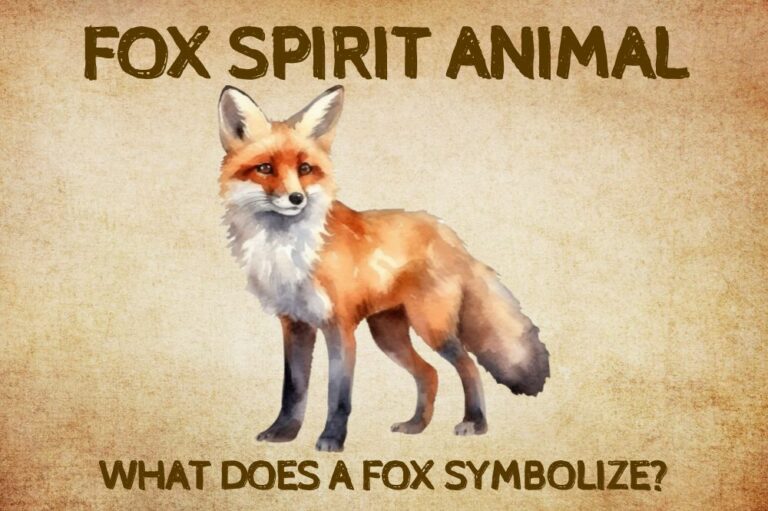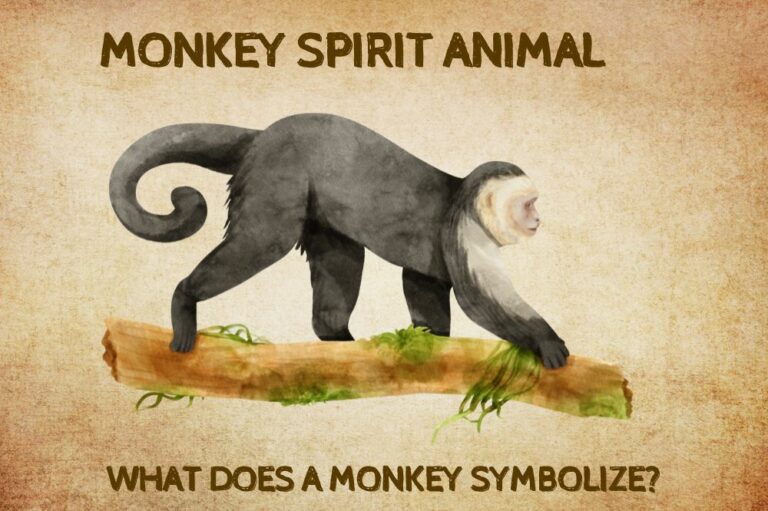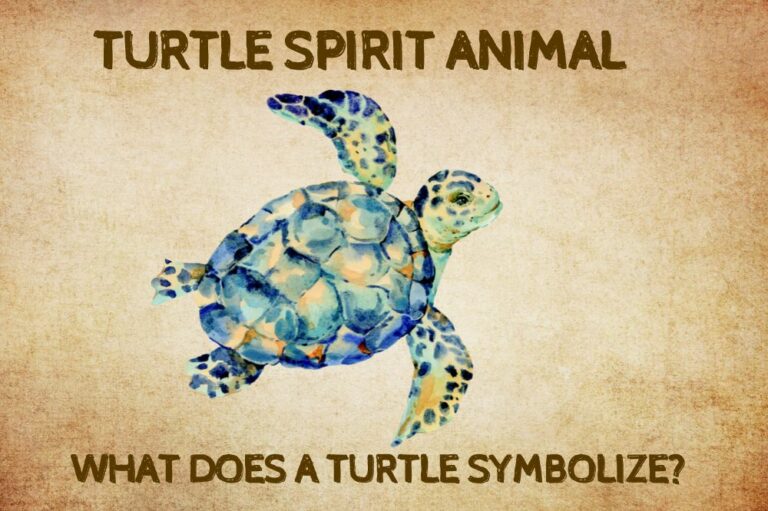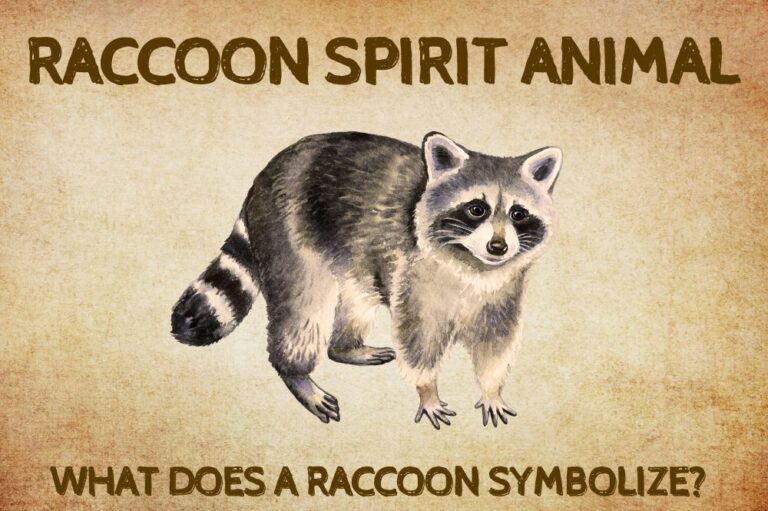Phoenix Spirit Animal: What Does a Phoenix Symbolize?
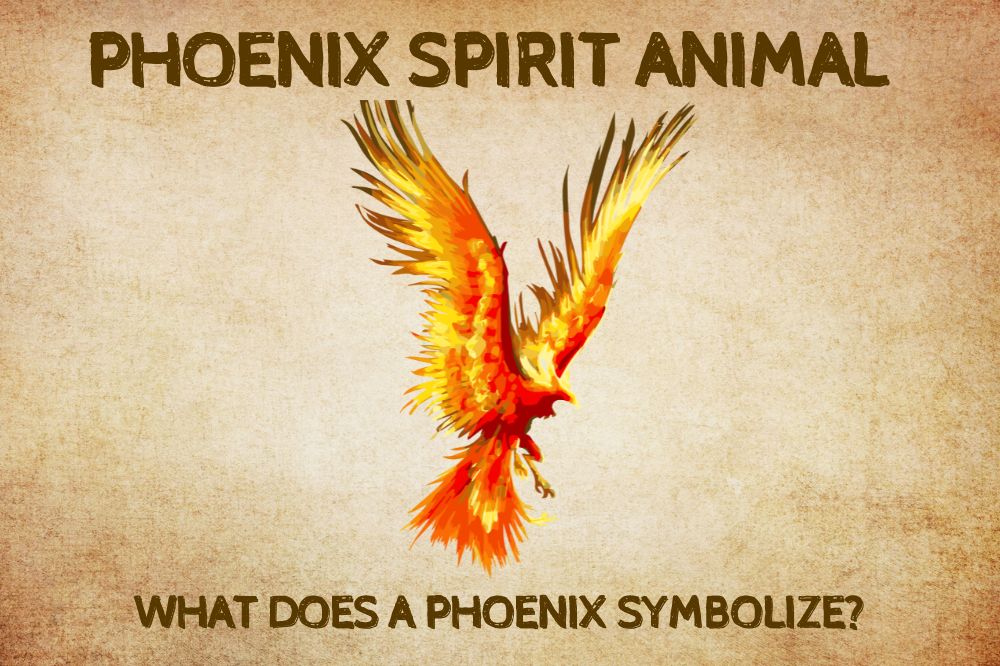
Most of us have heard about the legendary creature that is the phoenix. But just how much do you know about what it represents? And can you apply its message to your own spiritual journey?
We’re here to help you do just that. We’ll look at phoenix symbolism through the ages. And we’ll investigate what spiritual meanings it could hold for your own life.
So if you’re ready to find out more, let’s get started!
Phoenix Spirit Animal
The phoenix is a powerful and highly revered spirit animal, carrying themes of rebirth, renewal and the eternal cycle of life, death and transformation. Those who resonate with the phoenix totem are being called to embrace their own heroic journey of metaphorical death and rebirth.
If the phoenix has shown up as one of your spirit guides, you are likely going through an intense period of metaphysical growth and shedding of your former self. Just as the mythological phoenix obtains new life by being consumed by flames, you are being initiated into a new existence through the symbolic purging and release of what no longer serves you.
The phoenix spirit animal represents your ability to always rise from the ashes of your own perceived failures, losses or life’s challenges. You have an extraordinary capacity for reinventing yourself and creating something new and beautiful out of the most difficult or painful experiences. Where others may become stuck in suffering, your soul’s code carries the energetic blueprint to always emerge renewed.
This sacred creature of fire also signifies creative energy, individuality and unique self-expression being sparked within you. Allow the phoenix to stoke your passionate pursuits into existence through its inextinguishable flames. You are being guided to step into your most authentic, vibrant and driven self without apology.
Embrace the phoenix as your spirit companion when you require inspirations of transformation, resilience in the fires of change, fertile new beginnings rising from old conclusions, and the moral courage to live from your wisest self.
Let’s deep into the spiritual meanings of phoenix!
What does a phoenix represent? (Spiritual Meanings)
The First Phoenix
The history of the phoenix is long and complex. But it seems that the first mention of the bird comes in a legend from ancient Egypt.
This stated that the bird lived for 500 years. It came from Arabia, but when it reached old age it flew to the Egyptian city of Heliopolis. It landed there and gathered spices for its nest, which it built on the roof of the Temple of the Sun. (Heliopolis means “the city of the sun” in Greek.)
The Sun then set fire to the nest, burning the phoenix. But a new bird arose from the ashes to begin a fresh 500-year cycle.
It’s possible that the story of the phoenix is a corruption of the story of Bennu. Bennu was the Egyptian god that took the form of a heron. Bennu was associated with the sun, being the soul of the sun god, Ra.
The Phoenix and the Greeks
It was the Greek poet Hesiod who recorded the first written mention of the phoenix. It appeared in a riddle, suggesting that the bird was already well known to Hesiod’s audience. And the verse indicates that it was associated with long life and the passage of time.
Its name also gives a clue to its appearance. “Phoenix” in ancient Greek means a color that’s a mixture of purple and red.
But it wasn’t for another two centuries that the historian Herodotus recorded the legend of the phoenix. He relates being told it by priests at the temple of Heliopolis.
This version of the story describes the phoenix as a red and yellow bird. It doesn’t, however, include any mention of fire. Even so, Herodotus was unimpressed, concluding that the story didn’t seem credible.
Other versions of the legend of the phoenix emerged over time. In some, the bird’s life cycle was 540 years, and in some it was over a thousand. (In line with the 1,461-year Sophic year in Egyptian astronomy.)
The ashes of the phoenix were also said to have healing powers. But the historian Pliny the Elder was sceptical. He was unconvinced that the bird existed at all. And even if it did, only one of them was said to be alive.
A cure that was available only once every 500 years, he remarked, was of little practical use!
The Phoenix in Rome
The phoenix had a special place in ancient Rome, being associated with the city itself. It was depicted on Roman coins, on the other side of the image of the emperor. It represented the city’s rebirth with each new reign.
The Roman historian Tacitus also recorded the beliefs regarding the phoenix at the time. Tacitus noted that different sources provided different details. But all agreed that the bird was sacred to the sun, and had a distinctive beak and plumage.
He related the different lengths given for the phoenix’s life cycle. And his account also differed on the circumstances of the phoenix’s death and rebirth.
The phoenix according to Tactitus’ sources was male. At the end of his life, he flew to Heliopolis and built his nest on the roof of the Temple. He then gave “a spark of life” which resulted in the birth of the new phoenix.
The young phoenix’s first task on leaving the nest was to cremate his father. This was no small task! He had to carry his body, accompanied by myrrh, to the temple of the Sun. He then laid his father on the altar there, to burn in the flames.
Like historians before him, Tacitus thought the stories contained more than a bit of exaggeration. But he was certain that the phoenix visited Egypt.
The Phoenix and Religion
The new religion of Christianity was emerging just as the Roman Empire was beginning to decline. The close association between the phoenix and rebirth gave it a natural connection to the new theology.
Around 86 AD Pope Clement I used the phoenix to argue for the resurrection of Jesus. And in the Middle Ages, monks cataloguing the animals of the world included the phoenix in their “bestiaries”.
Perhaps surprisingly given its association with Christianity, the phoenix also appears in the Jewish Talmud.
This states that the phoenix was the only bird that refused to eat from the Tree of Knowledge. God rewarded its obedience by giving it immortality and allowing it to remain in the Garden of Eden.
The phoenix is also linked to the Hindu diety Garuda. Garuda is a sun bird too, and is the mount of the god Vishnu.
Hindu lore states that Garuda gained the gift of immortality by his action to save his mother. She had been captured by snakes, and Garuda went in search of the elixir of life to offer as a ransom. Although he could have taken it for himself, he offered it to the snakes to free his mother.
Deeply impressed by Garuda’s selflessness, Vishnu made him immortal as a reward.
In all three religions, then, the phoenix appears as an emblem of everlasting life.
Phoenix-Like Birds
Birds similar to the phoenix appear in many different cultures around the world.
Slavic legends feature two different fiery birds. One is the firebird of traditional folklore. And a more recent addition is Finist the Bright Falcon. The name “Finist” is actually derived from the Greek word “phoenix”.
The Persians told of the Simurgh and the Huma.
The Simurgh was said to be similar to a peacock, but with the head of a dog and lion’s claws. It was immensely strong, able to carry an elephant! It was also very ancient and wise, and was able to purify the water and land.
The Huma is less well-known, but arguably has more phoenix-like attributes. In particular, it was believed to be consumed by fire before regenerating. It was also considered a lucky omen, and had the power to pick a king.
Russia has a firebird, known as the Zhar-titsa. And the Chinese had the Feng Huang, which featured in myths from 7,000 years ago. The latter was described as looking more like a pheasant, although it was immortal.
In more recent times, Chinese culture has associated the phoenix with feminine energy. It is contrasted with the masculine energy of the dragon. The phoenix is accordingly often used to represent the empress, while the dragon represents the emperor.
The pairing of the two magical creatures is seen as a symbol of good luck. And it’s a popular motif for marriage, representing the husband and wife living in harmony.
The Phoenix as an Emblem of Rebirth
We’ve already seen that the phoenix was the emblem of Rome. In that case, the rebirth of the city was linked to the start of the reign of each new emperor.
But many other cities around the world have chosen the phoenix as a symbol after experiencing devastating fires. The symbolism is obvious – like the phoenix, they will arise from the ashes with fresh life.
Atlanta, Portland and San Francisco have all adopted the phoenix as their emblem. And the name of the modern city of Phoenix in Arizona reminds us of its location on the site of a Native American city.
In England, Coventry University has a phoenix as its emblem, and the city’s coat of arms also includes a phoenix. The bird references the rebuilding of the city after it was devastated by bombing raids in the Second World War.
And Swarthmore College in Philadelphia has the character of Phineas the Phoenix as its mascot. The College was rebuilt after being destroyed by fire towards the end of the 19th century.
The Phoenix and Healing
Although not part of earlier legends, in recent years phoenixes have been held to have healing powers. The tears of the phoenix were reputed to be able to heal the sick. And some stories even have them bringing the dead back to life.
Some of the best-known modern stories featuring a phoenix are the Harry Potter books by J. K. Rowling. Dumbledore, the headteacher of Hogwarts, the wizarding school attended by Harry, has a companion phoenix called Fawkes.
Dumbledore remarks that phoenix tears have healing powers, and also notes their ability to carry very heavy loads. Fawkes leaves Hogwarts on the death of Dumbledore.
Other modern stories have added to the powers of the phoenix. Various sources describe them as being able to regenerate from injury, to control fire, and to fly at the speed of light. They are even given the ability to shapeshift, sometimes disguising themselves in human form.
Real World Origins
Several theories have been advanced as to the real world origins of the phoenix. Some believe that the phoenix as it appears in Chinese folklore may be connected to the Asian ostrich.
And it’s been suggested that the Egyptian phoenix may be linked to an ancient species of flamingo. These birds laid their eggs in the salt flats, where temperatures were very high. It’s thought that the heat waves rising from the ground might have made the nests appear to be on fire.
Neither explanation seems particularly convincing, however. The bird the phoenix is most often compared to in ancient texts is the eagle. And while there are many species of eagle, none look like either a flamingo or an ostrich!
The Spiritual Meanings Message of the Phoenix
But searching for a real world behind the mystical phoenix is perhaps to miss the point of this fantastical creature. While the details of the phoenix may change in different stories, one feature remains constant. That’s the motif of death and rebirth.
The phoenix reminds us that change can bring opportunities for renewal. Death, even physical death, is not to be feared. Instead, it is a necessary stage in the cycle of life. And it opens the door for new beginnings and fresh energy.
It’s perhaps for this reason that the phoenix is a popular motif in tattoos. It’s often the choice of those who feel they have turned their back on their old lives. The phoenix represents rebirth and hope for the future.
The Phoenix as a Spirit Animal (Spiritual Meanings)
Some people believe that even mythical creatures like the phoenix can act as spirit animals. These are creatures that act as people’s spiritual guides and protectors. They may appear in dreams. Or they may appear in everyday life, perhaps in books or films.
The phoenix as a spirit animal brings a message of hope, renewal and healing. It is a reminder that no matter what setbacks you encounter, you have the ability to overcome them. And however difficult the situation you face, it can be an opportunity to learn and grow.
Its link to light and fire also connect the phoenix to faith and passion. In this way, it can remind you of the strength of your own faith and passion. Just like the phoenix, you have the power to draw on these to renew yourself.
The Universal Symbolism of the Phoenix
That brings us to the end of our look at the symbolism of the phoenix. It’s remarkable how many different tales from around the world involve this fantastic bird. And while they may differ in their details, the themes of rebirth, renewal and healing are remarkably consistent.
The phoenix may be a mythical creature, but its symbolism is no less valuable for that. It reminds us of the power of faith and love. And it reassures us of the spiritual truth that death, even physical death, is simply the transition from one form to another.
We hope you’ve enjoyed learning about the symbolism of the phoenix. And we hope its message of renewal and rebirth brings you strength in your spiritual journey.

